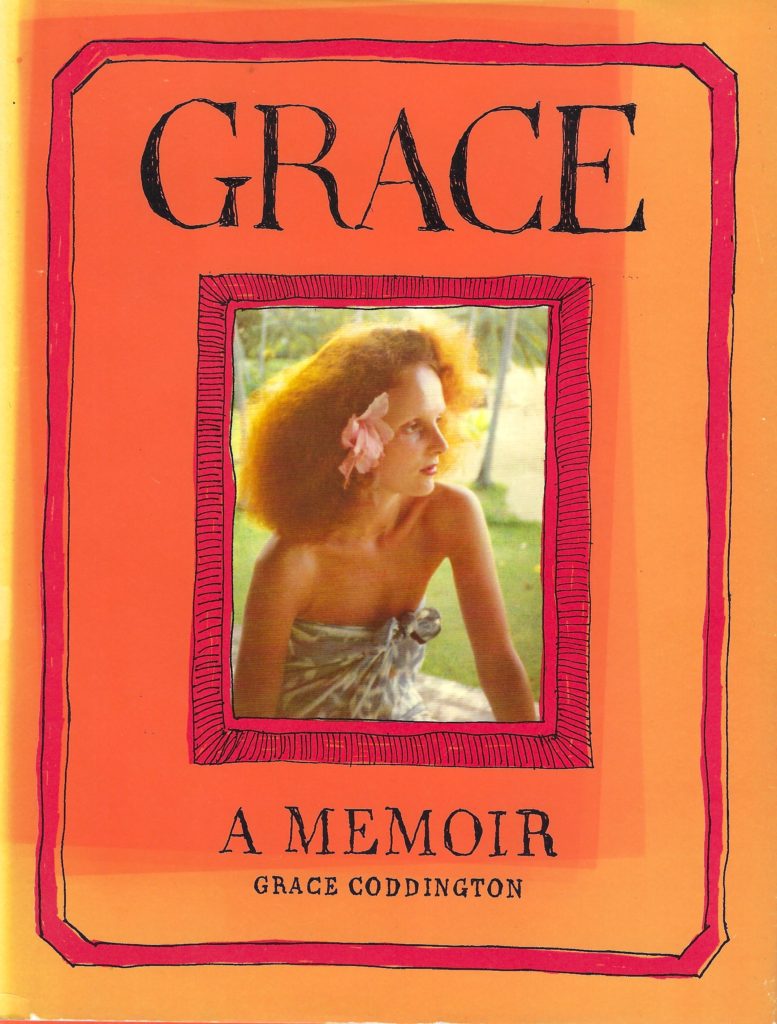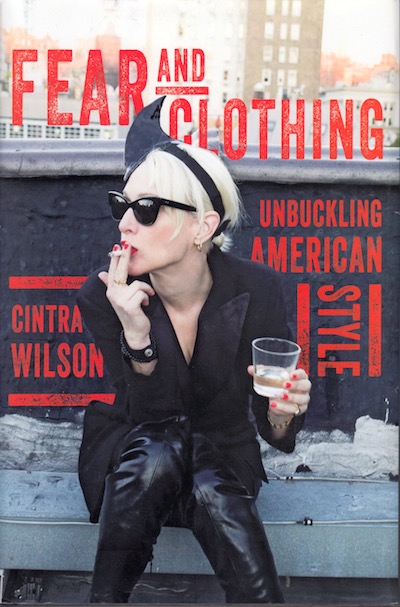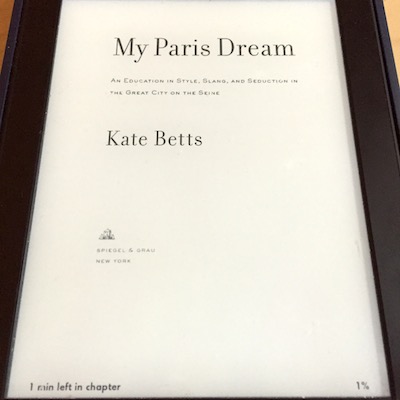
Grace is, as advertised, Grace Coddington’s memoir. She is a hoot, and this is a fun story of a person who loves clothes and fashion and art practicing her craft throughout the mid- to late- twentieth century. She certainly sounds like a lively person to be around and being in the fashion world during that time seems like a hoot.
Unfortunately, I only got through about half of this book because, while she seems like a great person who is full of enthusiasm, the story got a bit repetitive (she’s in London! no Paris! now London again!) and it was more name-droppy than I would have liked. Don’t get me wrong, she’s just talking about her friends, but a little bit less of making sure we know she knows these people and more about fashion in the 1960s and beyond would have been better. It was eventually tiresome.




